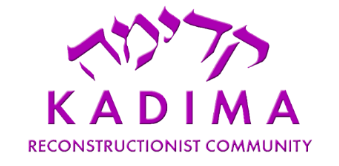This text presents difficulty for anyone interested in inclusion in general and disability justice in particular. B’mitzvah students have been quick to name that these texts are problematic, and they have suggested that the problem is not with the priest with a moom, but with the society that is unable to figure out how to be served by such a priest. This parsha reminds us of our ability to evolve not only ourselves, but our society and our systems toward further inclusion. That we have been missing out on leadership from many in our community. May it call us toward working on ourselves not just for inclusion, but for equity in communal leadership.
In Sefer HaChinuch – the 13th century work from the Iberian Peninsula – about a moom, it says: “it is not fitting in any way for there to be [anything unusual] in any of [the priest’s] forms, lest the soul of the observer be scattered due to the anomaly and they be moved from the purpose.” It is clear that there is nothing actually wrong with the priest with a moom, but instead the observer needs to be calm and undistracted.
How can that which we are not used to become less distracting to us? Perhaps this week’s parsha provides us a reminder, or a mandate even, to expand that which we are comfortable with. May we be blessed this week with an increased perception of what is “fitting” and may we find ourselves seen as fitting for being our full selves.
Shabbat shalom,
R’ David

 RSS Feed
RSS Feed